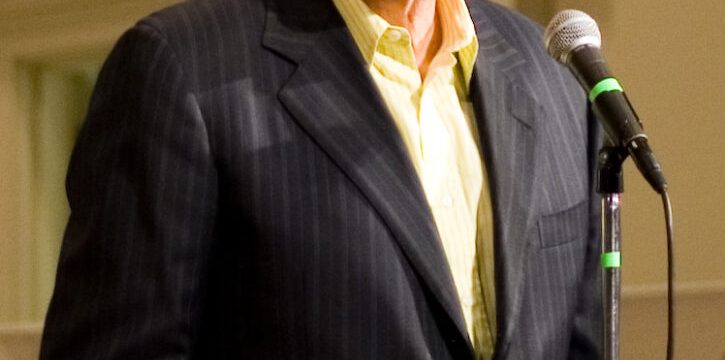Palmistry, also known as chiromancy, is the ancient art of interpreting the lines, shapes, and contours of a person’s hand to gain insight into their personality, destiny, and even financial well-being. While some view palm reading as mystical or spiritual, it has been practiced for centuries in many cultures, including ancient India, China, Egypt, and Greece. At the core of this belief is the idea that the lines on our palms tell a story about our life’s journey—including clues about our financial potential and overall fortune.

Every person’s hand is unique, with different lines, ridges, mounts, and textures. In palmistry, these features are believed to reflect different aspects of life such as health, relationships, career, and money. The mounts—those slightly raised areas beneath each finger—are also used in analysis. The line patterns, especially how they intersect and their clarity, play a crucial role in determining what they might symbolize.
Among the most intriguing aspects of palmistry is how the markings on your hand could reveal whether you are destined to be rich or poor. A viral image online brought this idea into focus by showing two palm illustrations—each labeled either “rich” or “poor”—based on a specific pattern near the thumb. The top image, labeled “poor,” shows a lightly crossed, faint line near the thumb, suggesting that those with this marking may experience financial instability, lack of fortune, or missed money-making opportunities.
In traditional palmistry, faint or broken lines are often seen as a sign of weakness in that area of life, possibly indicating a lack of determination, obstacles, or poor financial planning. On the other hand, the bottom image shows a hand with a deep, prominent cross near the same region, labeled “rich.” This suggests that a person with this more defined marking may be fortunate with money, business success, or financial luck. In the eyes of a palmist, a strong, unbroken line may symbolize a solid foundation, focused energy, and a determined path toward success. The belief is that deeper, clearer lines indicate stronger life traits or more impactful events, which could include prosperity or wealth accumulation. According to palmistry, these lines are not fixed forever.
In fact, some practitioners believe that the lines on your hands can change over time based on your life experiences, mental focus, and habits. So, a person with a faint cross line today might develop a deeper one over time as they become more financially stable or goal-oriented. This adds another layer of meaning to the interpretation—not only as a reflection of destiny but also as a result of conscious change. That said, interpretations of palm lines can vary greatly depending on the reader and their cultural background. For example, some traditions emphasize the importance of the “Mount of Venus” located at the base of the thumb as an indicator of financial and personal vitality. Others may focus on the “Line of Fate” or “Line of Sun” to assess success and fortune. The cross line discussed in the viral image is just one of many signs palmists might examine when evaluating wealth potential. Critics of palmistry often dismiss it as pseudoscience, pointing out the lack of scientific evidence linking hand lines to a person’s financial status or future. However, supporters argue that palmistry offers more than just predictions—it can serve as a tool for self-reflection and introspection, much like astrology or tarot cards. Whether or not you believe the lines on your hand can predict your bank account balance, there’s something undeniably fascinating about the idea that our hands might hold hidden messages about who we are and where we’re going. Ultimately, the markings on your hand may offer an interesting perspective, but they don’t define your financial outcome. What truly determines your wealth is the effort you put in, the choices you make, and a little bit of luck along the way. Whether you have a faint cross or a bold one, it’s your mindset, planning, and perseverance that will lead you to your goals.





